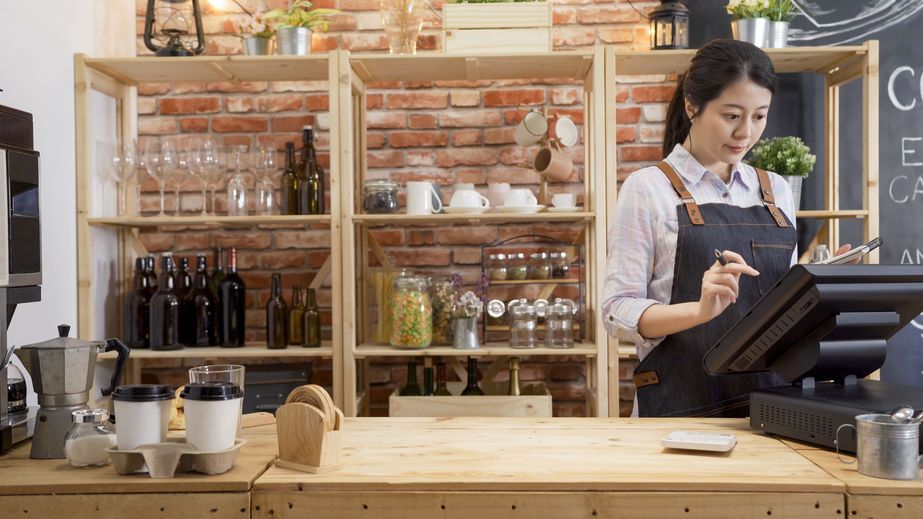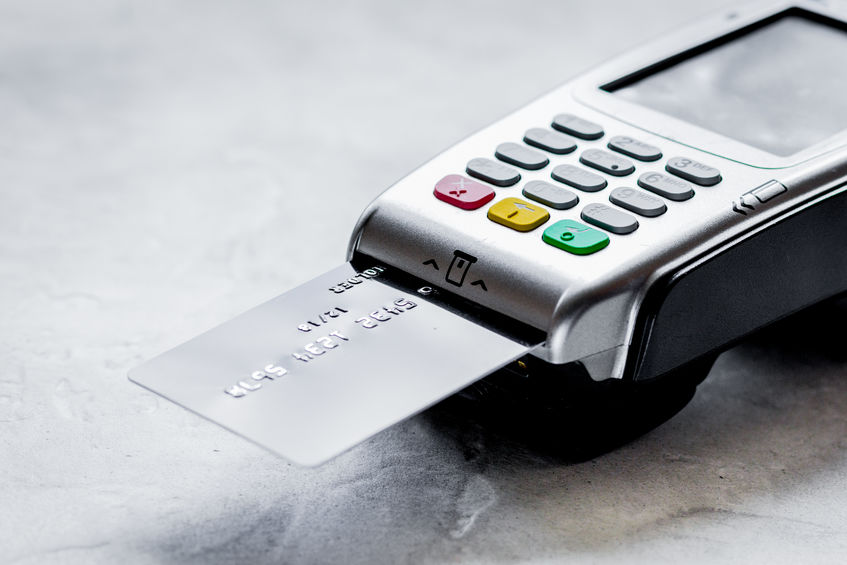What are POS Integrations? How POS Software Delivers More Value
Point-of-sale systems are mission-critical tools for retailers and restaurants, providing the system through which sales are made, and inventory is controlled. But POS systems can do a lot more than just process transactions if a merchant has the right integrations. Integrations allow merchants to squeeze extra value out of their POS systems, simplifying tasks, leveraging automation, and getting more bang for their buck. So, what are POS integrations, why are they so valuable, and how can they help every merchant operating a point-of-sale system?
What are POS Integrations?
POS integrations are secure connections between a point-of-sale system and some other third-party software used elsewhere in a business. There are a few ways POS systems can be integrated. Many point-of-sales are designed specifically to allow easy integration with common business tools like accounting software. In some cases, third-party connectors – like Zapier – can be used to create outside connections and integrated workflows between different programs, having an event in one program, like the POS, trigger an outside event in another system, like an email marketing platform. Finally, in more extreme cases of necessity, custom integration solutions can be built right into a POS, although the cost and time involved in that kind of customization generally limit it to the largest chain retailers and restaurants.
Why are POS Integrations so Valuable?
POS integrations offer merchants an enormous amount of value because they accomplish three important things:
- They expand the capability of the point-of-sale software.
- They automate tasks, saving employees valuable time and minimizing errors.
- They centralize tasks, simplifying workflows.
For example, in a restaurant with a point-of-sale that isn’t integrated with the company’s accounting software, a manager needs to manually export the day’s transactions from one system and input them into the other. That takes time, requires training in export and import processes, and introduces the potential for human error that could cost the business time or money down the line. In an integrated system, the POS automatically sends the data to the accounting software, either once a day or with each transaction, ensuring that no sale ever slips through the cracks and every entry is instantly logged with perfect accuracy. It’s a much better option in every way.
What Kinds of POS Integrations are Available?
Third-party connection solutions like Zapier theoretically open up certain POS systems to hundreds upon hundreds of integrations and automated workflows. But, in general, there are a few main systems and processes that most businesses will want or need to have integrated with their POS, including payment processing, accounting, scheduling, and payroll.
Processing Integration
A point-of-sale is fundamentally a sales tool, and as such, it needs to be integrated with a merchant’s payment processor to allow the funds from card payments to be settled and paid out. Because this is a core function, most POS systems can integrate without issue with most payment processors, but it isn’t necessarily a given. That’s one reason it’s important that merchants select a payment processing partner with as many POS integrations as possible to ensure they’ll always be able to access the equipment and software that works best for their business as it grows.
Accounting Integration
As mentioned earlier, accounting software like QuickBooks can be integrated with many POS systems. Syncing a POS with accounting software takes a lot of the manual work out of bookkeeping and ensures laser-accurate entries, making the jobs of managers and accountants faster and easier.
Scheduling Integration
Many POS systems offer either add-ons or integration with third-party scheduling tools to allow employee schedules to be built and managed directly through the point-of-sale. That capability represents a major convenience, especially in restaurant environments where managers may be on the floor for much of their day rather than in a back office. It also makes it easy for staff to quickly access their schedules for the week ahead while at their terminals, helping to ensure everyone knows when and where they’re supposed to be at work and minimizing missed shifts.
Payroll Integration
Some POS systems offer payroll integration, like the “Labor Center” integration offered by Toast POS and Dolce. Payroll integrations turn employee POS logins into time trackers, keeping tabs on how long everyone works and the wages they’re due. Some systems even allow the payments to be processed directly through the POS. Integrating payroll into a POS is just one more way to minimize the number of different software systems both employees and managers have to juggle on a daily basis, opting instead to streamline things through as few platforms as possible.
BAMS is a leading payment processor offering seamless merchant account integration with dozens of top POS systems across the dining, hospitality, and retail sectors. With a BAMS merchant account, business owners can ensure they’ll always be able to use the hardware and software best suited to their needs while also accessing the industry’s lowest transaction fees, thanks to the BAMS interchange-plus pricing model.
To find out more about how a BAMS merchant account can integrate with your ideal POS and slash your monthly merchant statements, get started with a free comprehensive five-point price comparison today.




